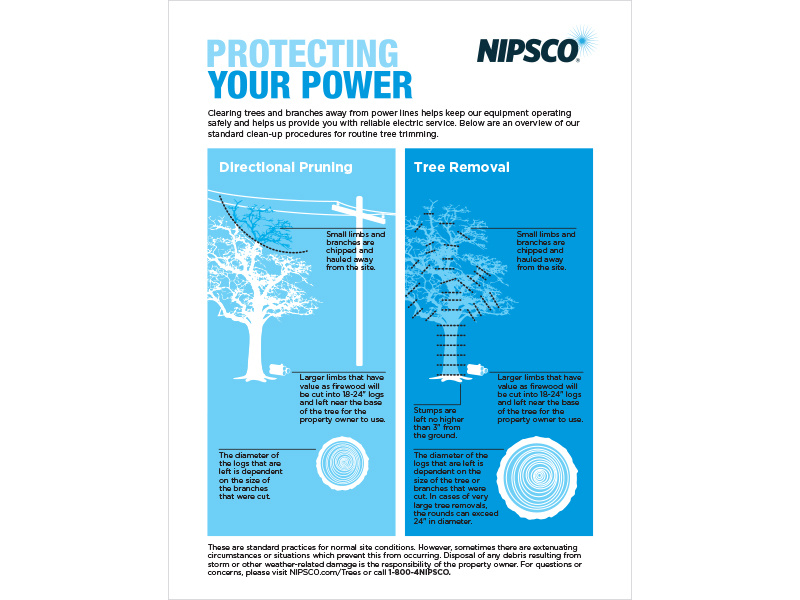Determining The Correct Time For Tree Removal - An Overview For Homeowners
Determining The Correct Time For Tree Removal - An Overview For Homeowners
Blog Article
Content Produce By-Mcmahon Halsey
Trees add beauty and value to building, but they can additionally posture a risk throughout severe weather events. If a tree has stopped growing, is exhibiting noticeable fungal development, or has a leaning trunk, it should be removed by a professional to prevent home damage and injury.
To get more information, go to a home owner resource reasonable co-hosted by HPD, the Center for New York City Neighborhoods, and Brooklyn-based housing partners this evening in Bedford-Stuyvesant. The event will certainly feature the Home owner Manual, a new guide to help house owners browse the duties of possessing a home.
1. Dead or Perishing Branches
Trees are an important part of your home's landscape, supplying color and elegance. They also offer shelter for wild animals and produce oxygen, yet also healthy and balanced trees can experience health problems that may require their elimination. Dead or passing away trees aren't simply undesirable, they can be dangerous. Their branches could fall during a storm, bring about pricey property damage and injuries.
When a tree's branches start to pass away, it implies that its structure is beginning to break down. If the majority of its branches are dead, it is most likely time to remove it.
Seek a lack of brand-new growth, bark peeling, open wounds or tooth cavities, fungis expanding on the trunk or roots and a basic look of degeneration in the whole cover. These signs of infection can indicate a serious issue that will need expert tree services to deal with.
2. Leaning https://www.camaspostrecord.com/news/2019/nov/21/details-on-roundabout-taking-shape/
While it's regular for trees to lean periodically because of phototropism, if a tree has a harmful or severe lean that's not due to natural processes - it could be an indicator that the tree requires to be gotten rid of. If the tree is leaning toward a power line, home, automobile, play structure or any other area that could be hazardous to individuals if it drops, after that getting in touch with a professional tree solution for elimination must be a leading priority.
It's likewise vital to watch for any kind of sudden changes in a tree's leaning as it can show damages to the origins or trunk that may result in dropping. This is especially true throughout thundercloud, because high winds and rain-soaked soil can cause a lean to transform promptly. Normal surveillance, particularly throughout and after tornados can assist property owners identify possible issues with their trees so they can call an arborist for a detailed assessment.
3. Bug Invasion
Some pest invasions, such as wood-boring bugs like emerald ash borer or sap-suckers like range bugs, are so severe that they can trigger a tree to pass away. The most effective means to avoid pest infestation is to monitor your trees often. Look for areas, holes, or discolorations in the fallen leaves and bark. Analyze the trunk for splits and signs of insect damages, such as passages or tracks.
If a tree becomes as well ravaged with bugs, or is close to a home or high-voltage line, an arborist might recommend elimination. If a leaning tree establishes a new, unpredictable lean, an arborist will likely recommend elimination too to ensure the security of individuals and building. If a damaged or dead tree constantly sheds too much branches, it is an indicator that it is time to remove the tree. If a tree remains to shed branches for a prolonged period of time, it can bring about structural problems and prospective property damage.
4. Damaged Trunk
Trees are an attractive and integral part of our landscape, but they do require normal like maintain them healthy and secure. If a tree is harmed beyond repair it is most likely time for it ahead down.
Seek indicators of damage to the trunk, including upright cracks, seams, dead branch stubs, visible injuries or open cavities and serious tree-rot. The presence of fungi at the base of the trunk is one more cautioning indication. Fungis might suggest that the phloem and xylem (life-support cells) are compromised, permitting the spread of disease or a future failure.
Additionally, consider whether the tree has actually quit growing. Healthy trees will have brand-new development annually, which may show up as buds or branches sprouting and prolonging. If you don't see any brand-new growth, it's an excellent idea to have an arborist examine the tree and follow their recommendation for removal. https://burning-stumps84051.blogoxo.com/29468543/safeguarding-your-landscape-replanting-after-tree-removal dying or damaged tree can fall and create property damages.